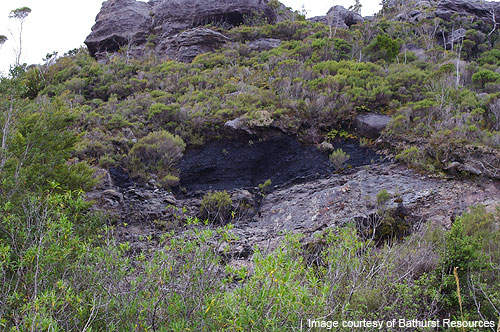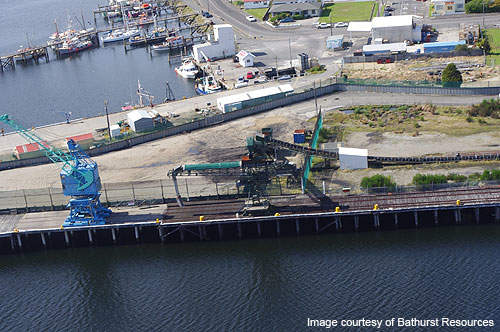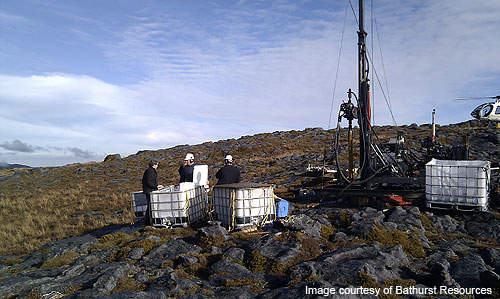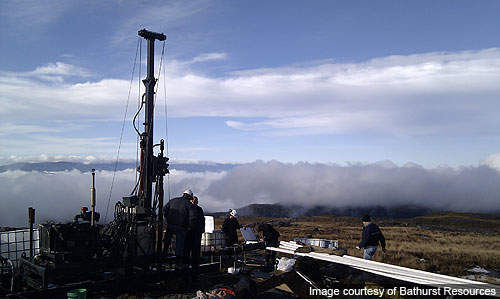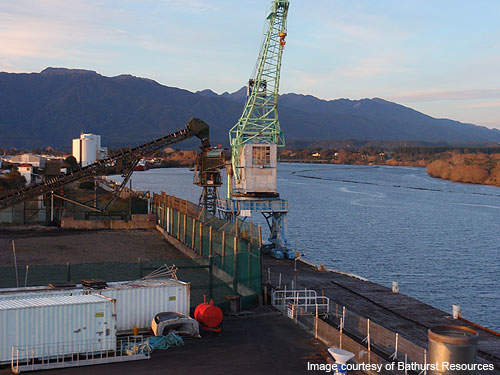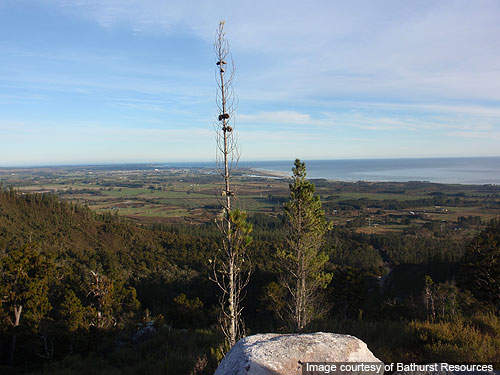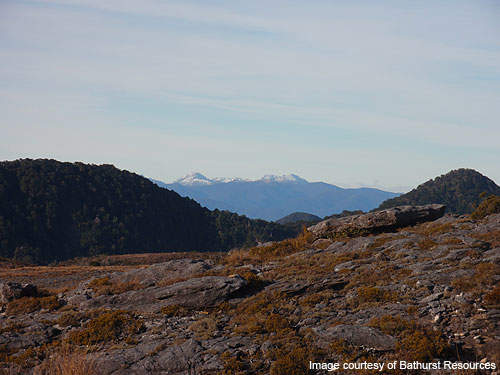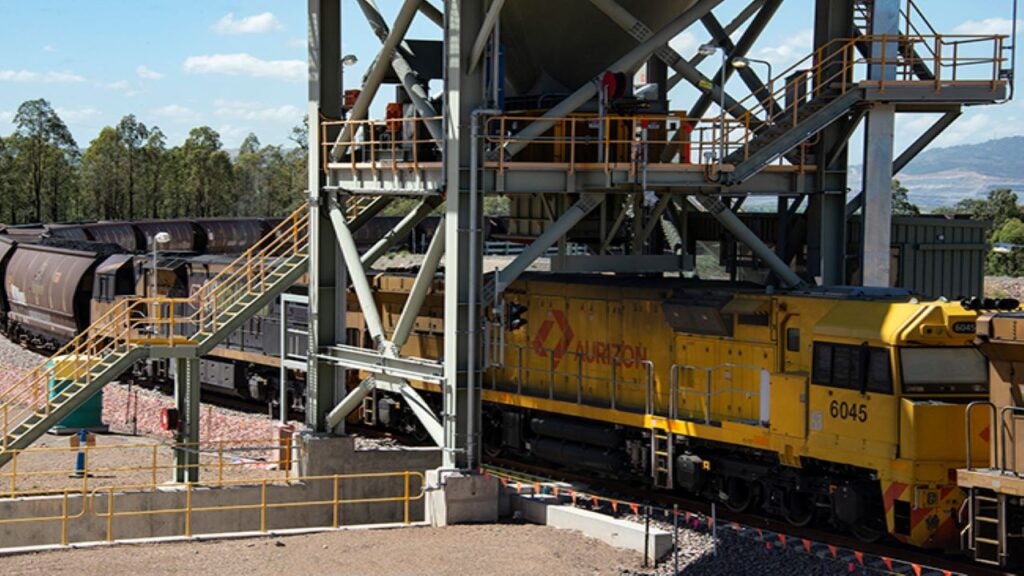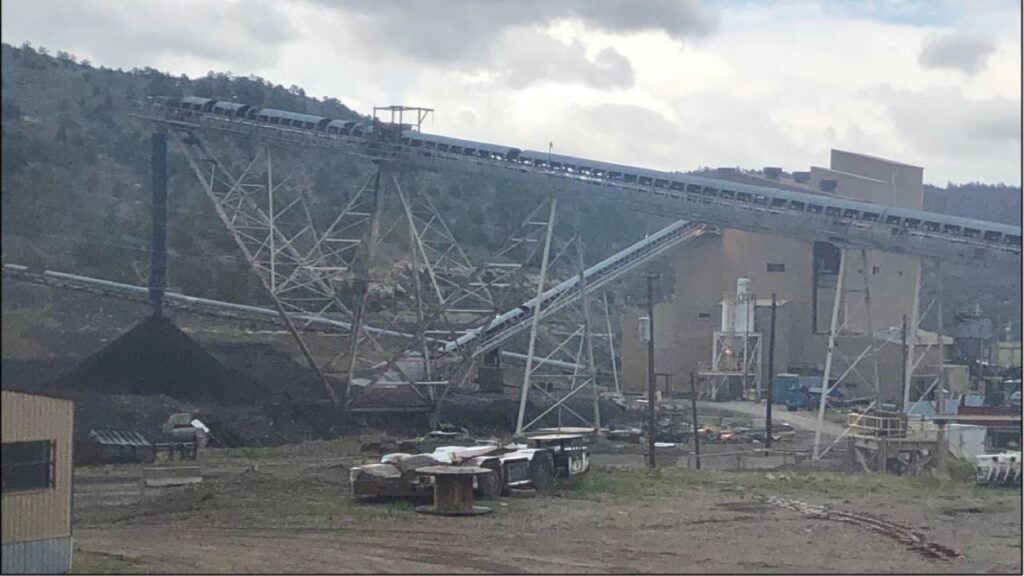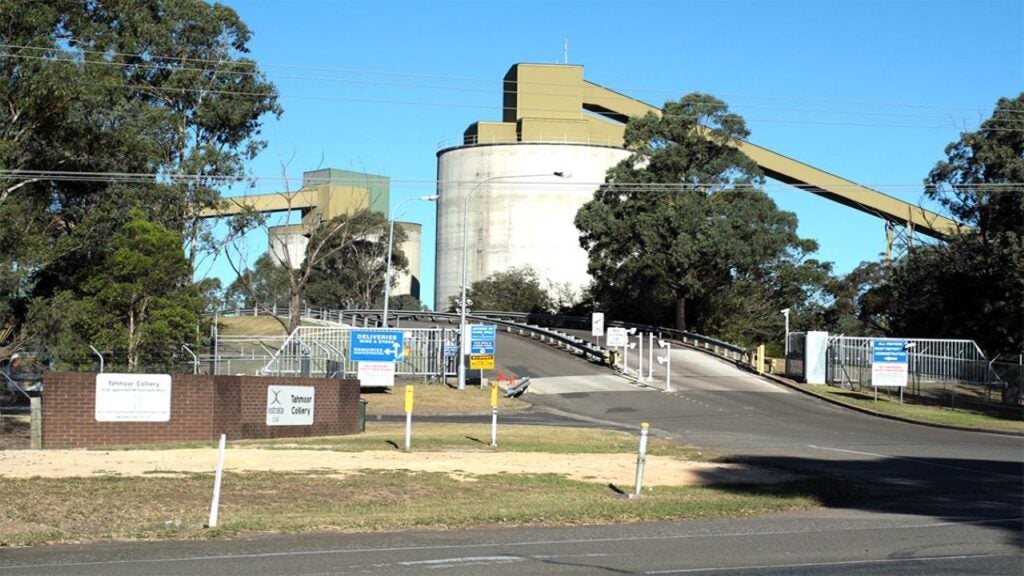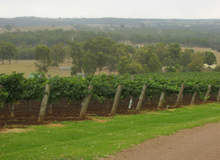
The Buller Coal Project is a prospective coking coal mine located on the West Coast of the South Island of New Zealand. Owned by Bathurst Resources, the property will be developed under a joint venture with L&M Coal Holdings, which formerly owned the mine.
The project includes five prospects within two exploration permits, spread over an area of 10,000ha. The prospects are Deep Creek, North Buller, Blackburn, Millerton North and Escarpment.
A definitive feasibility study on the Escarpment mine, which represents the first stage of the Buller project, was completed in August 2010. This confirmed the economic and technical viability of a 1mtpa coal mining operation. Its second mining prospect, the Deep Creek, is expected to begin operations by 2014.
Buller reserves
As of October 2012, the Buller project contains 94.5mt of coal resources. It includes 2.8mt of measured resources at the Escarpment prospect.
Indicated resources include 2.1mt in the Escarpment prospect, 4.9mt in the North Buller prospect, 5.8mt in the Blackburn prospect, 1.9mt in the Millerton north prospect and 3.1mt in the Deep Creek prospect.
The inferred resources of 44.8mt include 0.9mt at Escarpment, 10.2mt at North Buller and 1.6mt at Deep Creek.
Mineralisation
The Buller Coal Field hosts Eocene aged Brunner coal measures that include thick continuous terrestrial coal seams, lacustrine mudstones and fluvial sandstones.
Covered largely by sandstone and up to 60m-thick overburden, the coal seams range between 2m and 13m in thickness and are characterised by low ash.
Related project
Pike River Mine, New Zealand
Pike River Mine is the second largest hard coking coal export mine in New Zealand.
The ash and sulphur content increases gradually from the base of the seam to the top. Towards the roof of the seam, the coal is found to be hard and bright with irregular mineral bands (carbonates) and visible pyrite. Known or continuous coal plies or claystone partings have not been found within the seam.
Geology
The coal field is limited by a major zone of reverse faulting and monoclinal flexure of the cover sequence limits.
There are three series of faults including north north-east – south south-west trending Paleogene aged normal faults, Neogene aged north north-east – south south-west trending reverse faults and a sequence of north-west – south-east striking sinistral strike-slip faults that are post-Paleogene in age.
All the faults are well exposed along the structure of the Brunner Coal measures. The normal faults intrude the Eocene cover rocks while the reverse faults occur at the edges of the coal field.
A reverse monocline bounds the field towards the west. Tinier open folds occur in the Eocene cover rocks, anticlines, synclines and monoclines.
Mining
Bathurst received environmental approval for the Escarpment prospect in August 2011. The project, however, has been challenged at the Environment Court by the Royal Forest & Bird Society and the West Coast Environment Network. Bathurst is awaiting the Environment Court’s decision on the case.
Mining will initially begin at the Escarpment prospect before moving to others. The property will be mined using simple open cast strip methods with an average strip ratio of 9:1.
Hydraulic excavators powered by diesel will be used to mine the Escarpment prospect while dump trucks will be used for coal hauling. At peak production, the Escarpment mine is expected to produce 1.5mtpa of ROM coal.
The extracted coal will be washed in a coal preparation plant (CPP) that will be constructed at the centre of the Denniston plateau. The CPP will produce 1mt of high quality hard coking coal. Designed with a capacity of 1.4mtpa to 2mtpa, the CPP will include an enclosed facility, ROM coal stockpiles, product coal and coarse reject, feed and product conveyors, a thickener and a control room.
The final product will be transported via a 10km-long slurry pipeline to a filter and screening facility adjacent to the rail load out at Fairdown. The coal will be railed to the Westport Port in Lyttelton for shipment.
Coal quality
The hard coking coal produced from the Buller project (Escarpment mine) will have over 10,000ddpm (dial divisions per minute) fluidity, 10% total moisture and 7,660kcal/kg calorific value.
Fixed carbon, ash, sulphur and phosphorous will be found in 58.9%, 5.5%, 0.7% and 0.014% within the coal respectively.
Exploration
A two-stage exploration programme is currently underway as part of the project. The first stage, which has been completed, involved drilling of four holes on the Escarpment prospect.
It confirmed the initial resource at Escarpment besides good seam and coal quality. With this programme, the total number of holes drilled on Escarpment has reached 66.
The north and south Buller permits of the Escarpment prospect were explored during the second stage which started in July 2011. The drilling programme which included 154 holes, identified an additional reserve of 9.6mt at the Whareatea West, Coalbrookdale and Cascade prospects. Total reserves in the Buller south area have increased by 76% to 23.8mt by October 2012.

